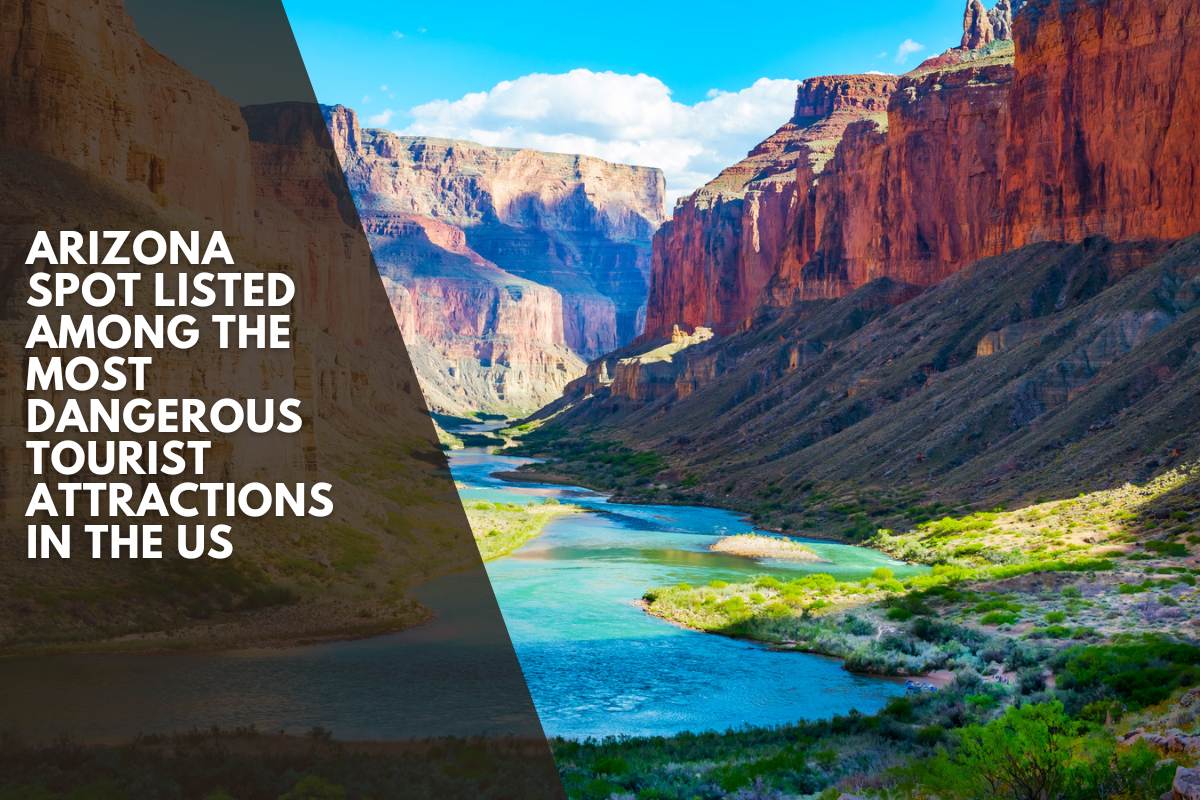The Grand Canyon, located in Arizona, stands out as one of the most dangerous tourist attractions in the US. Its awe-inspiring vistas attract millions each year, but the canyon’s extreme environment and unpredictable terrain mean that the risks are real—and sometimes fatal.
The Grand Canyon’s Deadly Reputation
A Popular Yet Perilous Destination
Every year, over five million visitors come to experience the Grand Canyon’s epic views and dizzying heights. The vast chasm stretches 277 miles long and up to 18 miles wide, leaving even seasoned adventurers in awe. However, behind the beauty is a legacy of tragic accidents, making the Grand Canyon one of the deadliest national parks in America.
Common Dangers Facing Tourists
Environmental Hazards
Extreme desert heat, sudden temperature shifts, and dehydration pose grave threats, especially for those who attempt strenuous hikes during summer months. Heat-related dangers are exacerbated when visitors underestimate the exertion required to hike the canyon—especially on trails like Bright Angel, which descends deep into the gorge with minimal shade.
Fatal Falls and Accidents
The canyon’s rim lacks extensive railing, and trails can be narrow and slippery. Falls are a leading cause of visitor deaths, with estimates of about a dozen fatalities per year from slips over the edge or misjudged selfies near sheer drop-offs.
Drowning and Natural Disasters
The Colorado River, which carves through the canyon floor, is another source of peril. Flash floods, swift currents, and cold water lead to drownings and accidents among rafters and swimmers. Sudden rockslides and lightning strikes also account for injuries and deaths.
Rescue Operations and Safety Warnings
Search and Rescue Challenges
Grand Canyon National Park conducts hundreds of rescue missions annually. Many incidents arise from visitors ignoring posted warnings and attempting risky hikes in a single day. Rescue efforts are complicated by the canyon’s size, remote terrain, and changing weather, making response times long and recovery difficult.
Official Safety Recommendations
Park management urges visitors to carry water, wear sun protection, respect barriers, and pace themselves on strenuous trails. Despite high awareness, many travelers succumb to overconfidence or ignore warnings, putting themselves at risk.
Why Visitors Still Flock Despite the Risks
Despite its dangers, the Grand Canyon’s scenery and grandeur draw explorers year after year. For many, adequate planning and respect for the environment allow for a transformative—and safe—visit. But for some, the quest for adventure ends in tragedy, solidifying the Grand Canyon’s standing as one of the nation’s most dangerous tourist magnets.
Arizona’s Grand Canyon is both mesmerizing and hazardous, reminding travelers to balance thrill with caution every time they visit this legendary landscape.
Sources
(https://955themountain.iheart.com/content/2023-05-12-arizona-is-home-to-one-of-the-worlds-most-dangerous-tourist-attractions/)
(https://www.reifflawfirm.com/americas-dangerous-tourist-attractions/)
(https://www.loveexploring.com/galleries/166392/these-are-the-most-dangerous-tourist-attractions-in-the-us)
https://www.traveller365.com/articles/20-Most-Dangerous-Natural-Attractions-in-the-World-8-are-in-the-USA)
(https://www.onlyinyourstate.com/nature/arizona/az-dangerous-nature)







